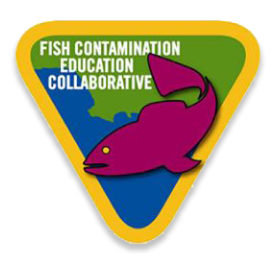Fishing
Pier Fishing

Seal Beach
Seal Beach Pier is a perfect place to go pier fishing, catch some waves, bring the family for a leisurely stroll, eat at Ruby’s Diner and sightsee. From its vantage point above the beach, you can watch sunbathers, surfers, body boarders, people flying kites, and sometimes a film production. Like Santa Monica and Hermosa Beach, this beach was where many scenes have been filmed for popular shows.
Seal Beach is one of the many piers to suffer from a major storm. The pier was torn in half 1939 and again severely damaged in 1983 along with other California piers. Besides going through many storm damages, Seal Beach has endured an electrical fire and earthquake damage. After many closures, repairs and renovations, the Seal Beach pier stands strong today. One of the most prominent groups we have to thank for Seal Beach surviving through the years was a “Save the Pier” group that formed in response to a vote by the City Council not to repair the pier. This group raised over 2 million dollars from private and public donors to rebuild the pier.
The pier is known for being the second longest wooden pier in California reaching out at 1,865 feet. Although it’s long, fishing is relatively consistent across most parts of the pier. Watch for grunions, as when they pop up at this pier, halibut are usually not too far behind. It’s a good idea to snatch up some of the grunion and use them as bait for halibut. Although, the best thing to do is watch the regulars and do what they do. One approach used by Seal Beach old-timers is to occasionally throw a piece of stale bread into the water; this attracts smaller anchovies and smelt. The smaller fish seem to create attention for the larger fish and they stimulate action as the fish compete for the bread crumbs. Seal Beach is very popular for white croaker, black croaker (remember that both white and black croaker are on the Do Not Consume list), corbina, spotfin croaker, surfperch, jacksmelt, queenfish, halibut and sargo. The bottom section of the pier is sandy and the pilings have a plethora of mussel growth.

